 ™
™
TRADITIONAL MOUNTAINEERING
™
www.TraditionalMountaineering.org
™ and also
www.AlpineMountaineering.org
™
 ™
™
FREE BASIC TO ADVANCED ALPINE MOUNTAIN CLIMBING INSTRUCTION
™
Home
| Information
| Photos
| Calendar
| News
| Seminars
| Experiences
| Questions
| Updates
| Books
| Conditions
| Links
| Search
![]()
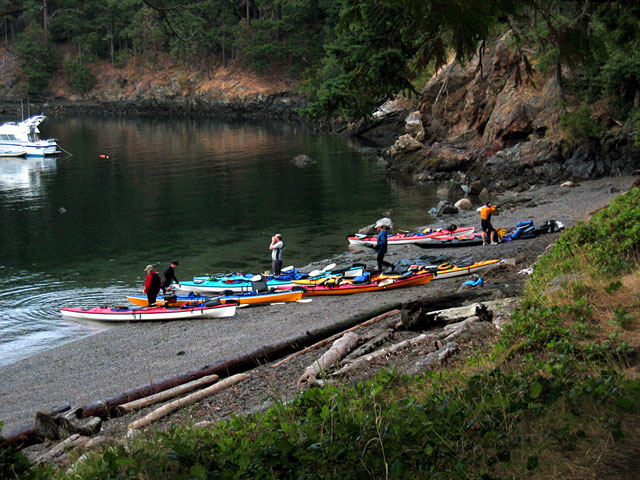
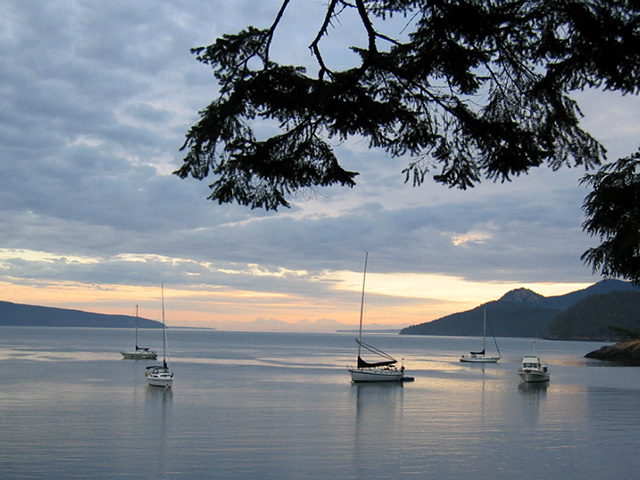
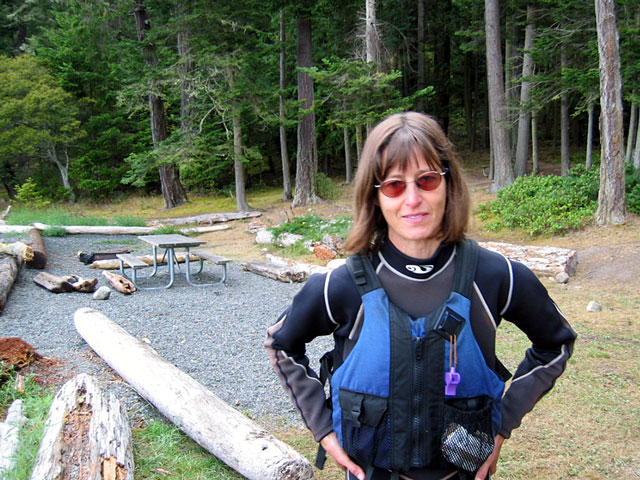
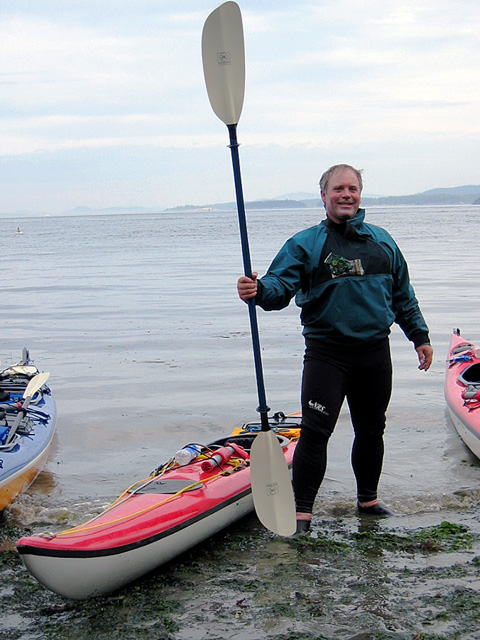
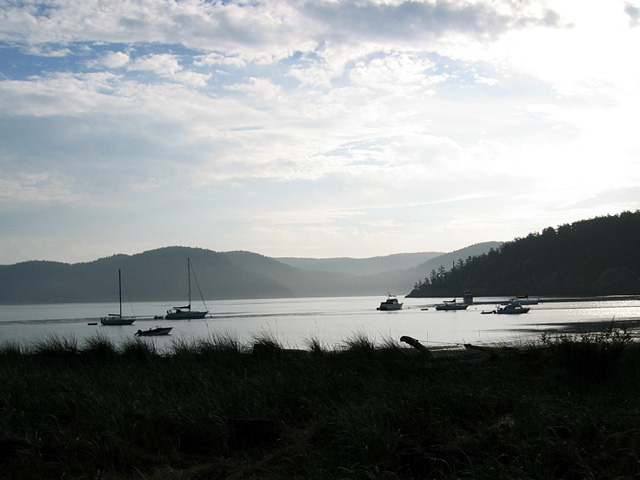
The San Juan Trip
After about an hour of “dry land” we returned to Lopez to carbo-load on Mexican food in preparation for the next day’s 14 mile journey to Jones Island, west of Orcas.
Saturday’s morning was casual, but we were under a clock. Carrying an empty kayak to the water is one thing. Carrying a kayak loaded with 100 lbs or more of gear (the doubles) can break the kayaker or the kayak. So plan for incoming high tide to lift the loaded boat and off you go. Before we left, we were given the opportunity to determine to two main compass bearings we’d use for channel crossings. Were I do this this on my own, I’d definitely put intermediate bailout points in my GPS.
Despite a short lunch break along the way, we were pretty tired when we reached Jones Island and pretty disappointed to see about 30 or more Kayaks already beached on our intended south shore camp ground. There are no reservations - it’s “first come, first serve” and we were not first. While the guides sprinted around to check alternatives, one of our group, who will receive a happier place in heaven for his generosity, passed out cans of Iced Coffee from his personal “snacks” supply.
We elected to continue to available camp sites on the Island’s north side. We were reminded that “wake up” would be around 4:30 AM - allowing time to pack, and breakfast, before catching the “express tide” back to Lopez. A large tarp was erected for those who preferred to sleep under it - rather than deal with the unpacking/re-packing of the rest of their gear.
What I learned:
You can be wet almost the entire day - and still feel good if you can get warm and dry once off the water.
It is worthwhile to use a tarp over your tent - so you can keep dry while packing everything else in dry bags. Without that tarp, there’s the potential for you, your tent, and everything else you bring out of your tent, to get wet before making it to the shelter of a dry bag. Because of weight considerations, this is not often an option when hiking.
If you have a guide and are in a group, be pro-active if you have questions. Some group members just want to paddle along, feeling the warmth of the sun and rock of the waves. The guides are not going to intrude on their tranquility with a barrage of information shouted across yards of water. But the guides have it for those who are interested and simply ask.
A loaded kayak is far more stable than an empty one - as long as you keep the heavy items at the bottom of the boat and packed so they don’t shift. Unloaded. I could rock my boat over so the spray skirt was in the water. Loaded, I strained to put it on edge for turning.
Know your bathroom intervals and the influence of coffee.
It is well worth it to learn a few surfing techniques. Those Big Boat Wakes aren’t a “bug”, they’re a “feature”.
Having a patient paddling partner makes the experience a Joy.
--Paul Chance
![]()
Read more . . .
Aqua Sports Newsletter
Basic Responsibilities
Ten Essential Systems